Different Hardcover Styles in Book Printing
 Aug 22,2024
Aug 22,2024

 SESE
SESE
Different Hardcover Styles in Book Printing
Hardcover books have long been cherished for their durability, elegance, and timeless appeal. Whether you're an author, a publisher, or a business looking to create a premium product, choosing the right hardcover style can significantly impact the overall look and feel of your book. In this article, we'll explore the various hardcover styles available and provide insights to help you select the best option for your project.
Why Choose Hardback for Your Book?
Choosing a hardback format for your book offers several key advantages:
Durability and Longevity
Hardback books are known for their sturdiness and resilience. The rigid cover protects the pages from wear and tear, ensuring that the book remains in good condition over time, even with frequent use. This makes hardbacks ideal for books that are meant to be cherished or referenced repeatedly, such as keepsakes, textbooks, or classic literature.
Perceived Value and Prestige
A hardback book often conveys a sense of quality and importance. The solid, weighty feel of a hardback, along with its often larger format and premium finishes, can enhance the perceived value of the content inside. This is why hardback editions are often preferred for first releases, special editions, or gifts.
Enhanced Presentation
The cover of a hardback book can be a canvas for artistic expression. With options like dust jackets, embossing, foiling, and cloth covers, hardbacks offer a wide range of design possibilities that can make the book visually striking. This is particularly beneficial for genres like coffee table books, art books, and premium fiction.
Better Protection for High-Quality Printing
Hardbacks are better suited for protecting high-quality printing, such as glossy photo books, illustrated children’s books, or books with special ink or paper types. The rigid cover safeguards the pages from bending, folding, or other damage that can affect the visual and tactile experience of the book.
Collector’s Appeal
For collectors and bibliophiles, hardback editions are often more desirable due to their durability, aesthetic appeal, and limited availability. A well-made hardback can become a treasured item, whether it’s a signed edition, a first print, or a beautifully designed piece.
Printed and Laminated Hardcover
One popular style of hardcover book is the printed and laminated option. This approach involves printing your chosen cover design directly onto a durable hard surface, which is then laminated to add a protective layer. The result is a visually stunning and robust book, featuring a glossy, attention-grabbing cover that is built to last.
A key advantage of the printed and laminated hardcover is its high level of customization. Whether you opt for intricate artwork, bold graphics, or full-color images, this style allows your book to truly stand out. The laminate not only enhances the vibrancy of the design but also provides additional protection against scratches, spills, and fading, ensuring your book maintains its pristine appearance over time.
This option is also budget-friendly, making it an excellent choice for custom hardcover books. Depending on your budget and specific needs, you can further enhance your book with options like spot UV coating, foil stamping, embossing, and more, allowing you to create a truly unique and personalized product.
Cloth Bound Hardcover
|
|
A cloth-bound hardcover exudes a sense of tradition and sophistication. The cover is wrapped in cloth material, which can be plain, textured, or embossed with a custom design. Cloth covers are often used for literary works, classic novels, and special editions. They offer a tactile experience that enhances the book's physical presence, making it a cherished item on any bookshelf. |
Leather Bound Hardcover
Leather-bound hardcovers represent the pinnacle of luxury in book printing. The cover is wrapped in genuine or faux leather, offering a premium feel and exceptional durability. Leather-bound books are often associated with high-end publications, such as limited editions, collector's items, and professional portfolios. They can also be adorned with gold or silver foil stamping for added elegance. |
|
Dust Jacket Hardcover
|
|
A dust jacket hardcover adds an extra layer of protection and aesthetic appeal to your book. The dust jacket is a removable paper cover that wraps around the book, typically featuring the book's title, author, and cover art. Dust jackets allow for additional design elements and promotional information, making them popular for novels, biographies, and art books. They also offer versatility, as the hardcover beneath can be printed, cloth-bound, or leather-bound. |
Slipcase or Box Hardcover
For the ultimate in protection and presentation, consider a slipcase or box hardcover. These styles involve enclosing the book in a custom-made case or box, which can be made from various materials such as cardboard, leather, or cloth. Slipcases and boxes are often used for deluxe editions, gift sets, and multi-volume collections. They provide excellent protection against dust, light, and handling, while also adding a touch of luxury. |
|
Binding Styles of Hardcover
|
|
Case Binding:Case binding is one of the most traditional and widely used methods for creating hardcover books. In this style, the book’s pages are first gathered into sections, which are then sewn or glued together. These sections, called signatures, are then attached to a sturdy cover made of cardboard or another rigid material, often referred to as the "case." |
|
|
Smyth Sewing:The most popular binding style for hardcover books is Smythe-sewn binding. This method involves sewing the pages of the book together with thread, which are then attached to a hard cover. The result is a book that is exceptionally sturdy, durable, and able to lay flat when open. This binding style is commonly used for high-quality publications, such as coffee table books, art books, children’s books, and other premium editions. The Smythe-sewn technique not only enhances the book’s longevity but also provides a seamless reading experience, making it a preferred choice for books that are meant to be cherished and frequently used. |
|
|
Spiral or Wire Binding:Spiral or wire binding is a popular choice for books that need to be highly functional and user-friendly. This binding style involves threading a plastic or metal coil through holes punched along the edge of the pages. The result is a book that can easily lay flat when open, making it ideal for documents that require frequent reference or writing, such as notebooks, planners, and instructional manuals. |





 Home
Home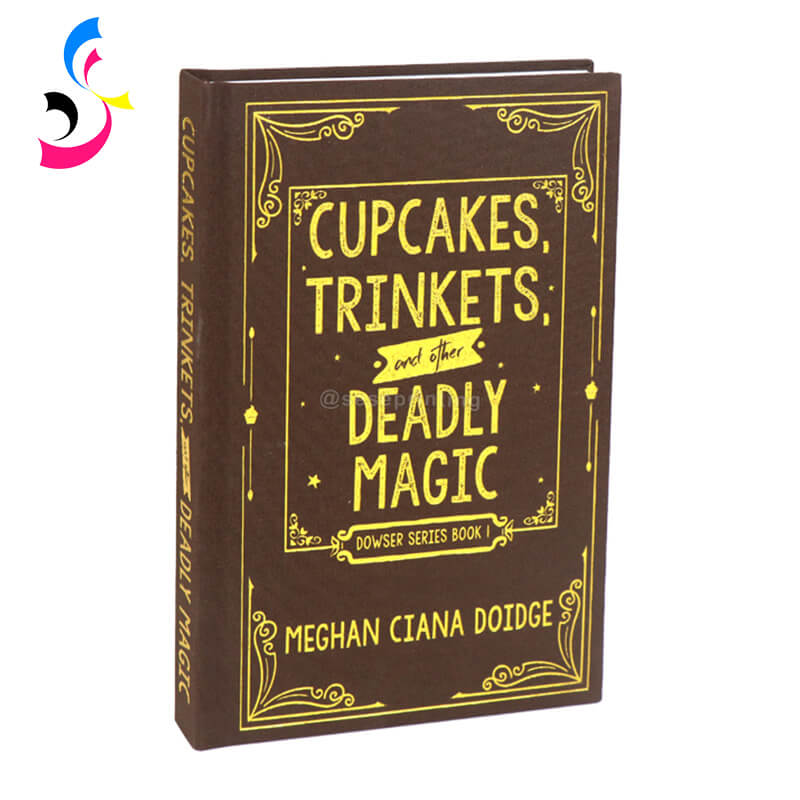
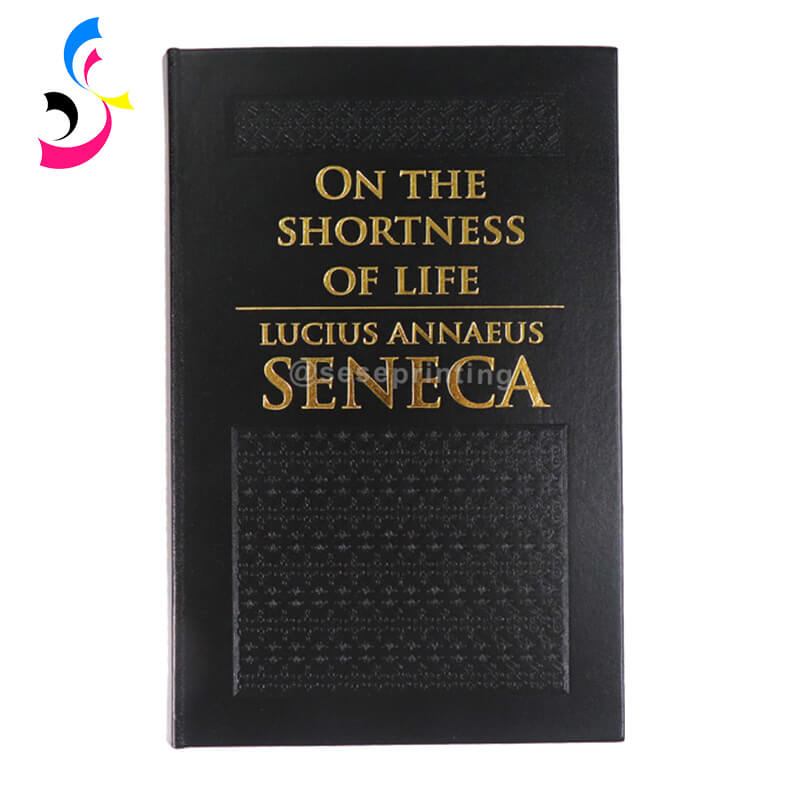
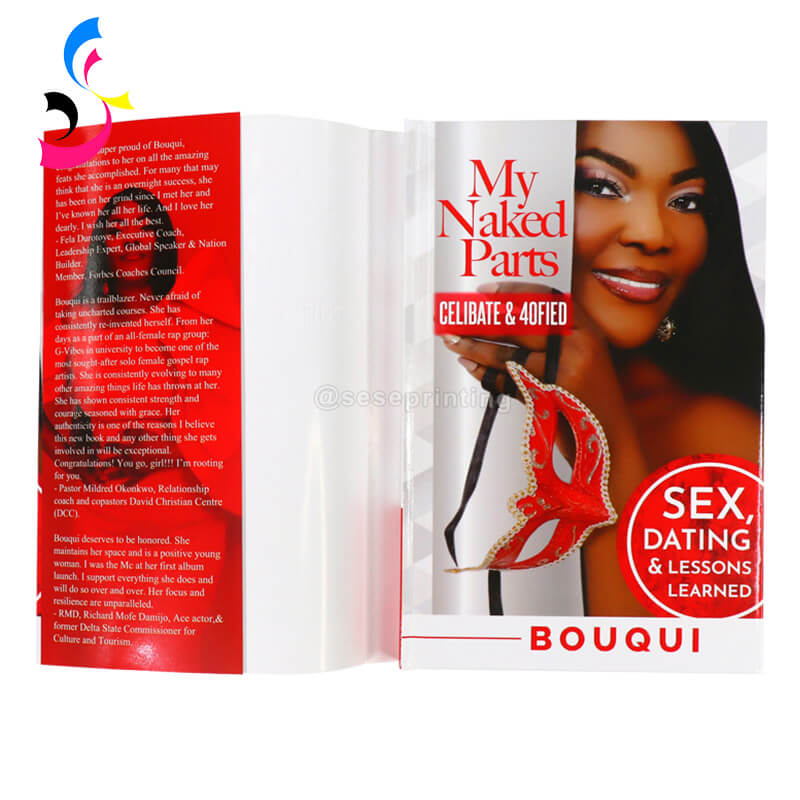
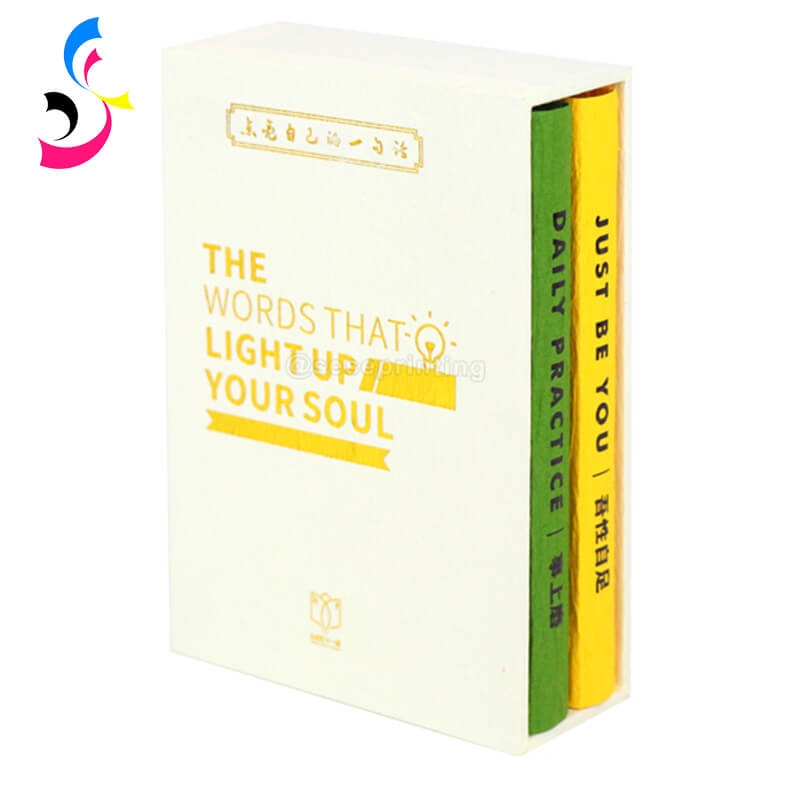
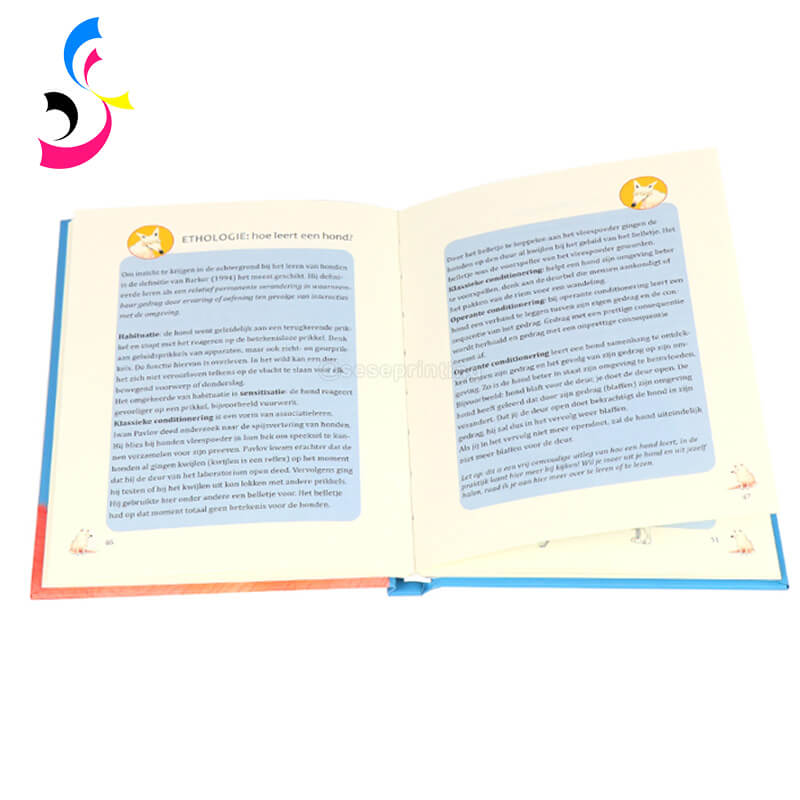
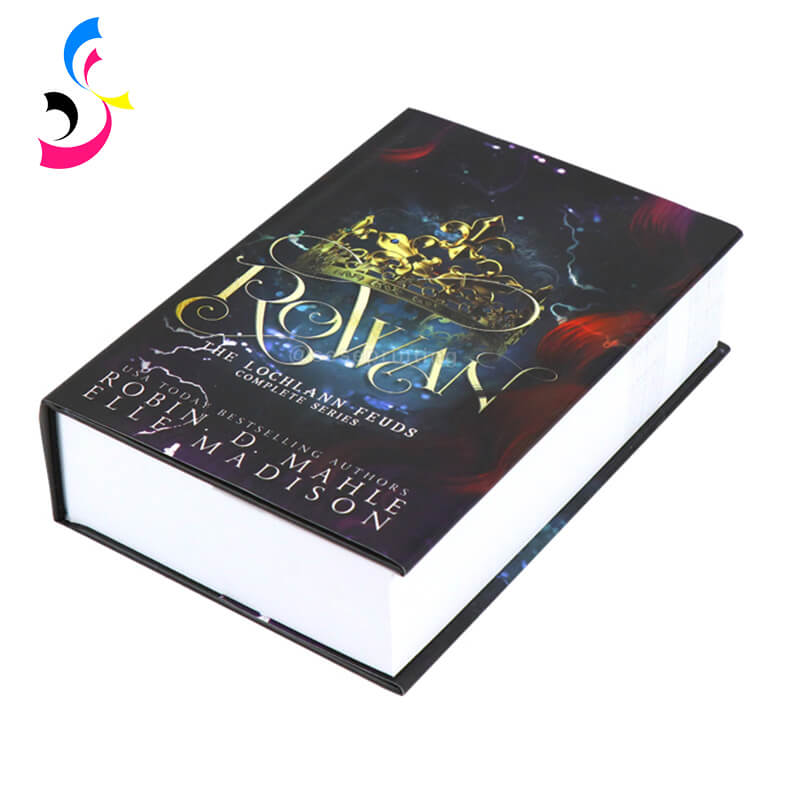
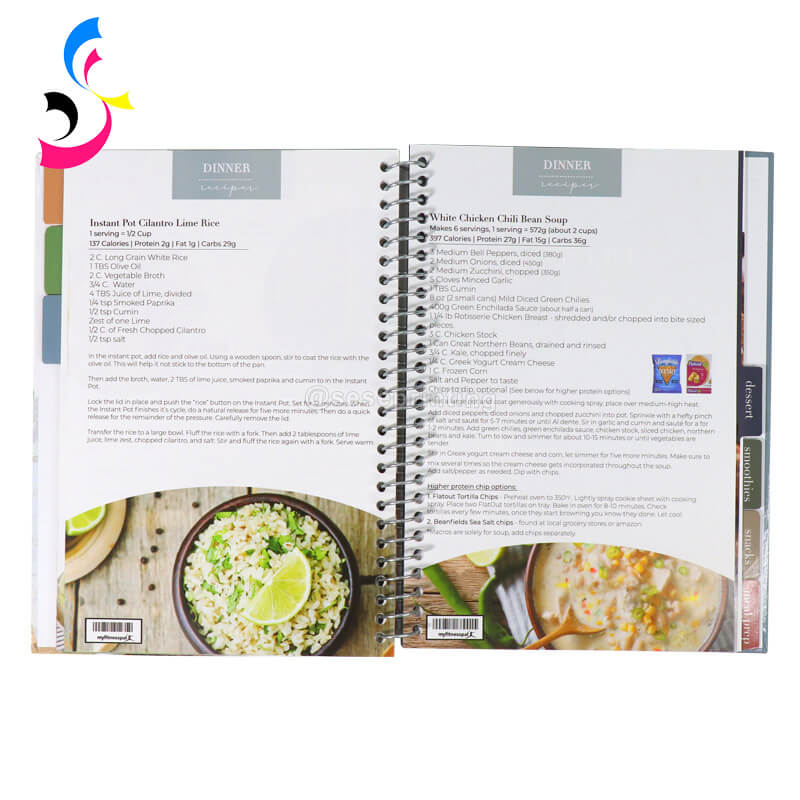
 9 Binding Methods For Custom Planner Printing
9 Binding Methods For Custom Planner Printing  You May Also Like
You May Also Like
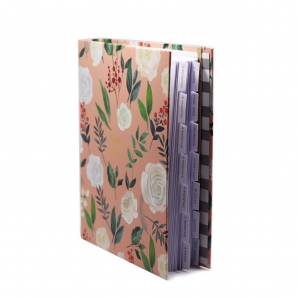

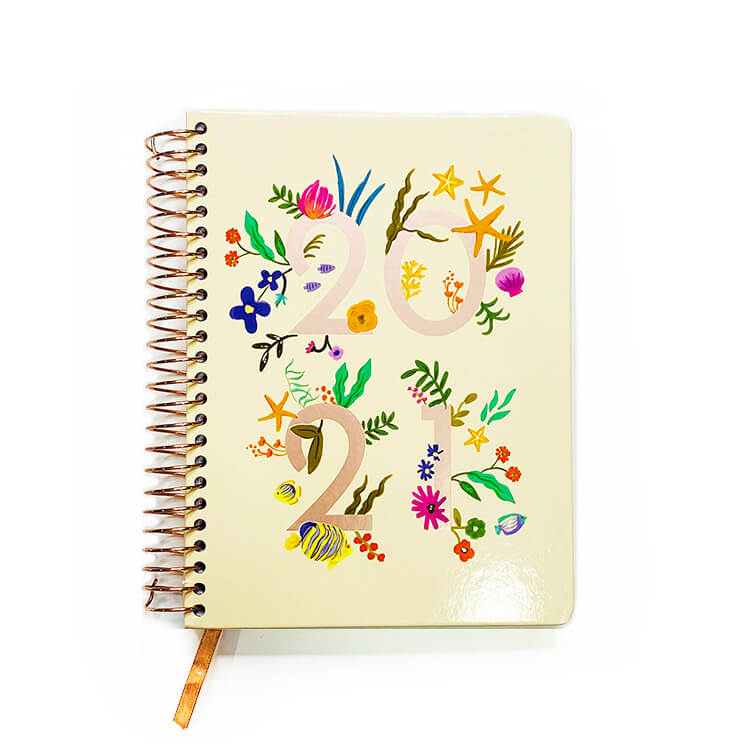

 Tel
Tel
 Email
Email
 Address
Address







